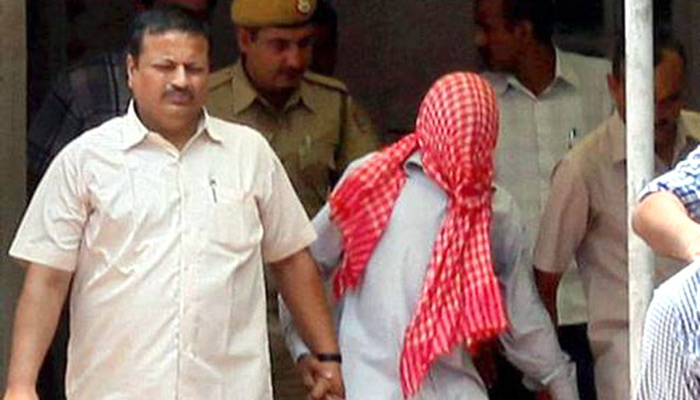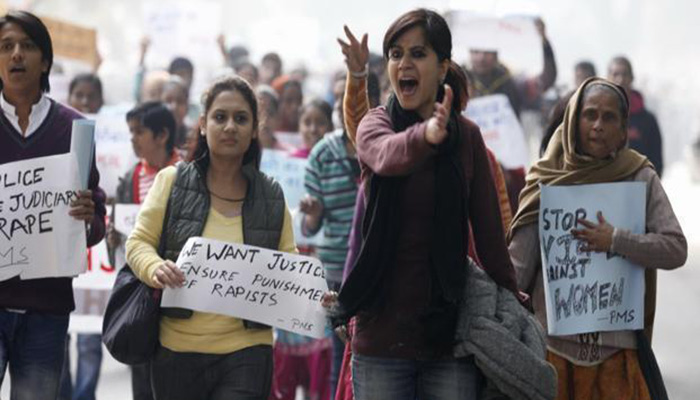The term ‘Juvenile’ can sometimes also be interchangeably used for the term ‘childlike’. In legal terms, however, a juvenile is the person who hasn’t attained the age of 18, at which he can be held accountable for his criminal acts.
The current juvenile crime scenario and the acts

Juvenile crime in India is on a rise. According to the 2015 stats, over 1000 juveniles were nabbed for heinous crimes in the first half of 2015, in the capital alone. The situation in the neighbouring Gurgaon is no pretty either.
What is important here to note, however, is the act-game amidst which the hope for justice looks faint.
Juvenile Justice (Care and Protection of Children) Act, 2000
The act says that a criminal juvenile shall not be treated as an adult for trial and granting punishment.
To the same act, however, amendments were introduced in 2006 and 2010.
Juvenile Justice (Care and Protection of Children) Bill, 2015
As an aftermath of the Nirbhaya case, in May of 2015, a new bill was passed saying that the criminals falling within the age group of age 16 and 18 will be tried as adults if the crime they committed is heinous in nature. And it would fall as a responsibility of the Juvenile Justice Board to ascertain if the crime committed by the juvenile was committed as an ‘adult’ or as a ‘child’. The bill, however, is still awaiting consideration in Rajya Sabha.
The current status of juvenile punishment in India

The maximum punishment under the Juvenile Justice (Care and Protection of Children) Act, 2000 is of three years that a criminal spends in a ‘reform home’ mending his ways. And after the punishment period, he is as free as you and I, by law.
The juvenile in the rape case of Nirbhaya was as much a criminal as the other 5. While his 5 accomplices were granted life sentence, the juvenile was sent to his reform home, where his three-year term is due to get over next month.
The questions that arise, however, are:
- Since the day, he was taken to the juvenile home till today amid reports of his due release, I have failed to understand that how a boy who was very much mindful of what he was doing in the bus that horrific night, is treated as a juvenile?
- While they did abide by the law, whatever happened to the justice? Law said that since he was 17 when he ‘raped’, he should be treated less severely. But is that just to that 23-year-old who tried to fight the 6 monsters on that bus, which also included the ‘juvenile’?
- Can they be sure that his release also marks a change in his mindset for good? Is he respecting of women now, let alone a no-harm for them?
- Shouldn’t the punishment be granted on the basis of the degree of crime and not on the basis of the criminal’s age? How is age a matter in such grievous cases?
And that’s the thing with ‘laws’ and ‘justice’

Original Image Source: Hindustan Times
The laws can say one thing or the other, but that doesn’t always grant the justice that is truly deserved. It goes unsaid that the parents of Nirbhaya are nothing short of disappointed today. The justice wasn’t done to them, the justice wasn’t done to their victim daughter, the justice is actually in the favour of the rapist. Isn’t that evident enough?
Now it is not to say that the criminals are born criminals. There are many factors ranging from the lack of education, poverty, drug abuse, the anti-social peer group, and the overall socio-cultural environment a person lives in contributes a great deal in shaping his overall personality.
But does it justify the crime they commit? No. We don’t want other teenage boys with criminal instincts to feel relieved. To feel the urge to turn criminals only because the idea of reform homes seems easier than serving time in jail for them is not correct. The motive is to discourage such practices, isn’t it?
Let’s do our own bit and start working on the causes on our levels. Let’s not wait for the change. Let’s be the change.
Original Cover Image Source: Reuters




